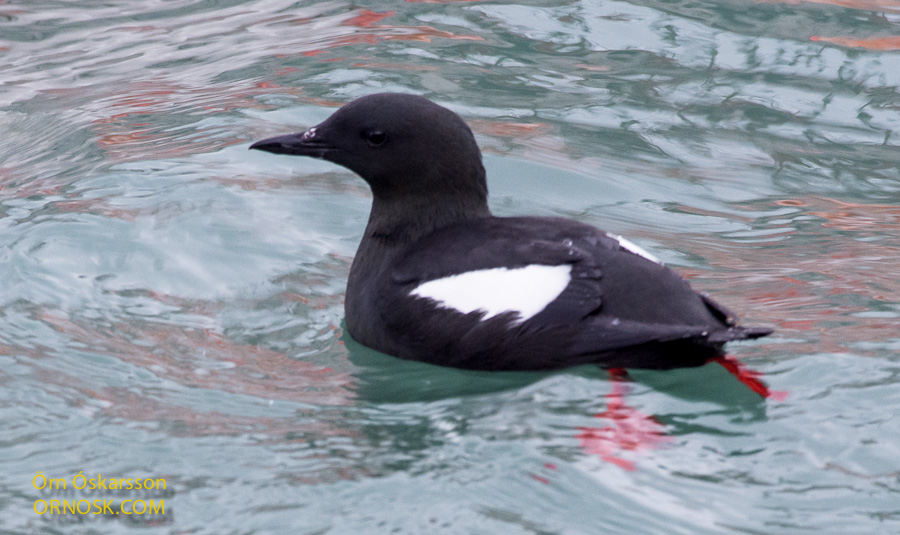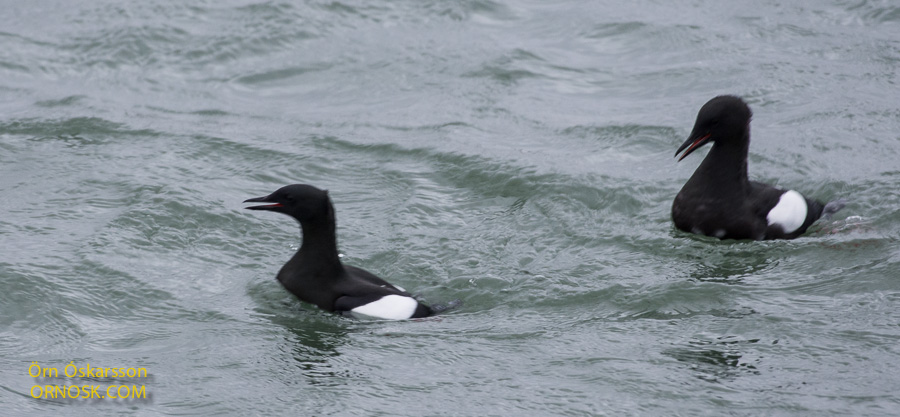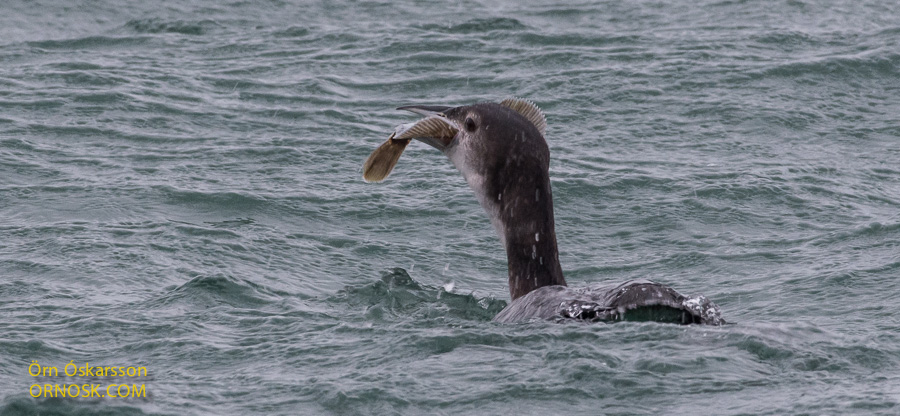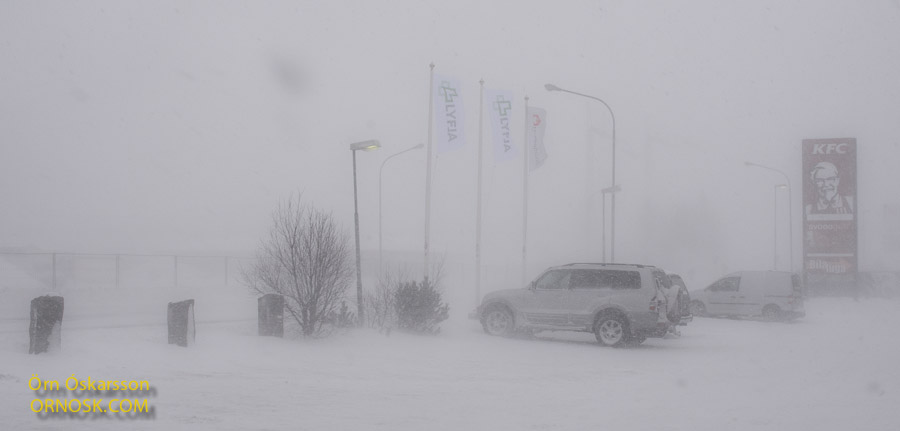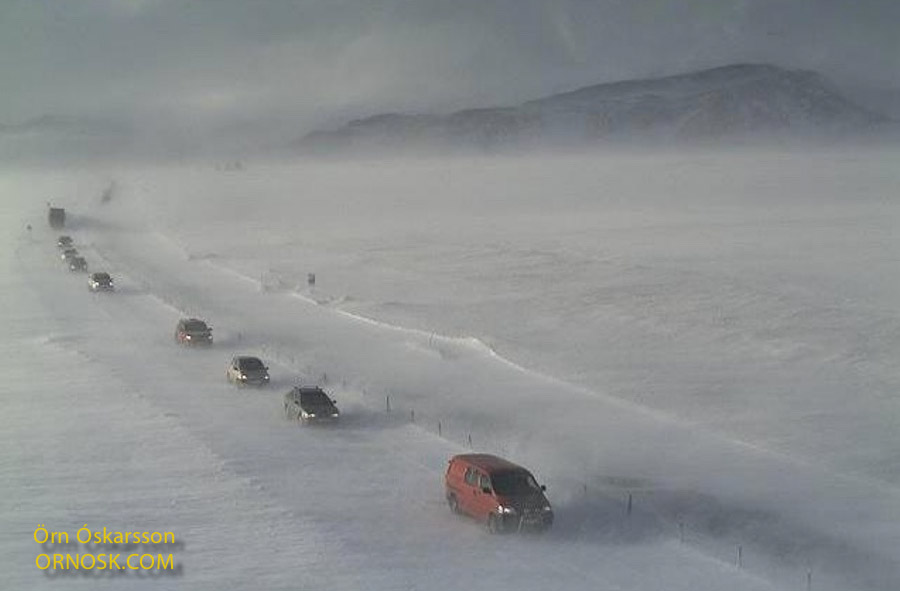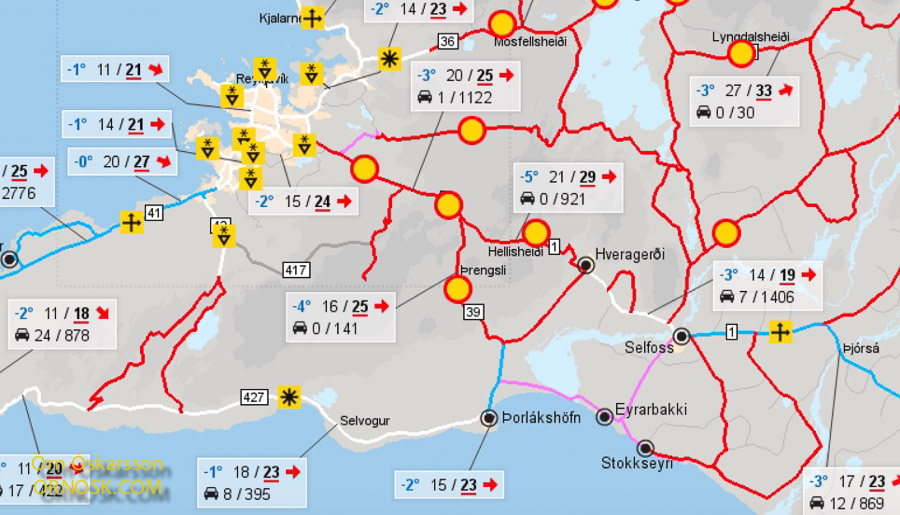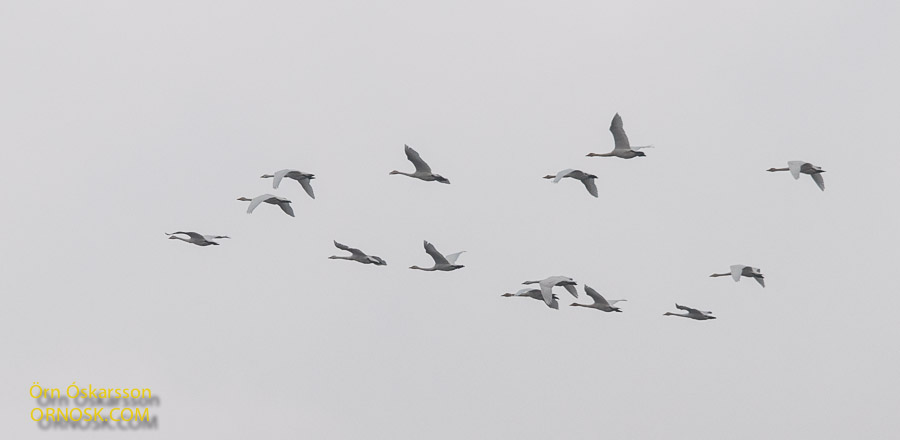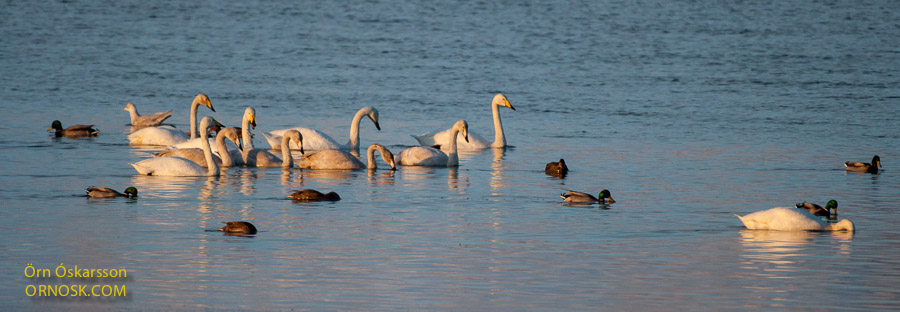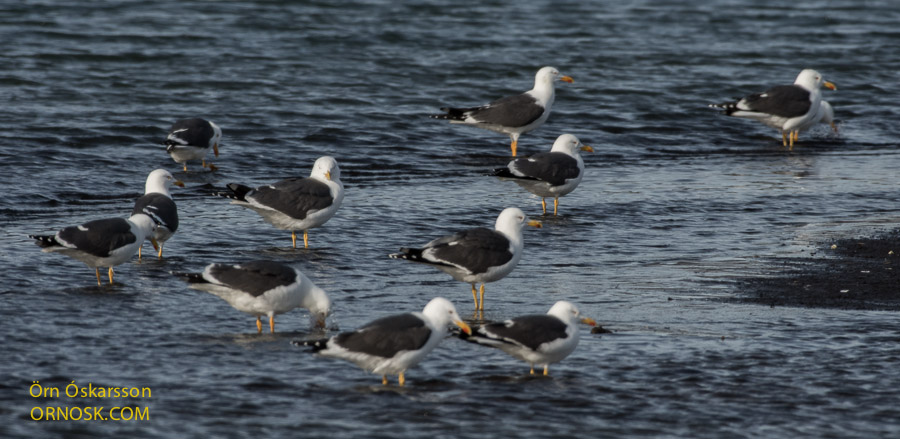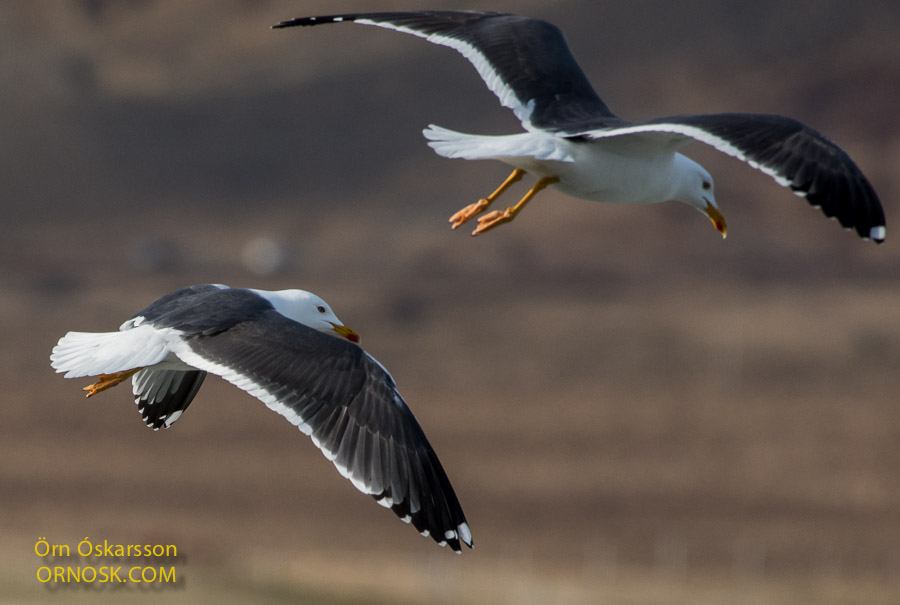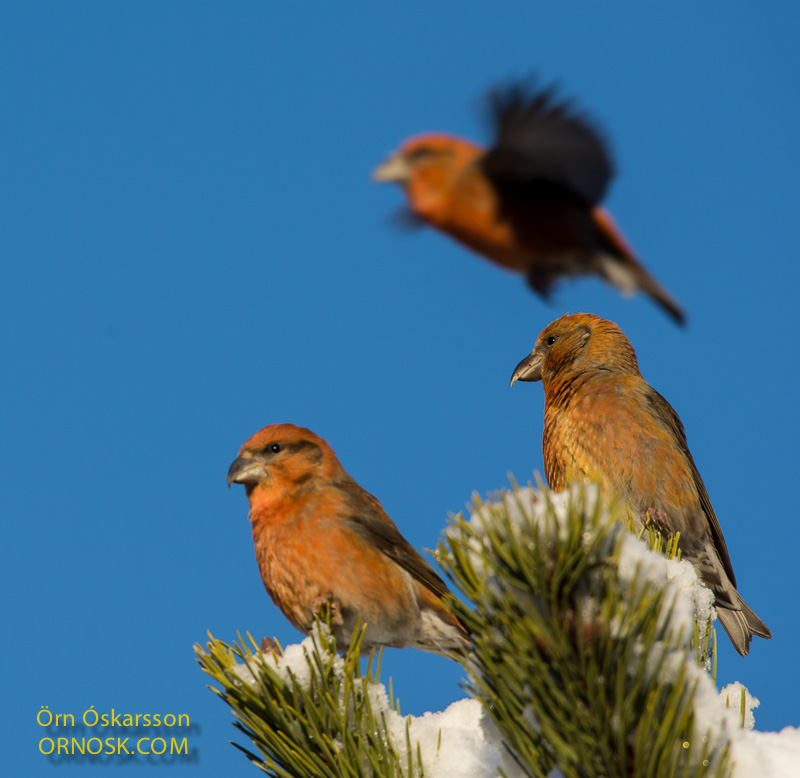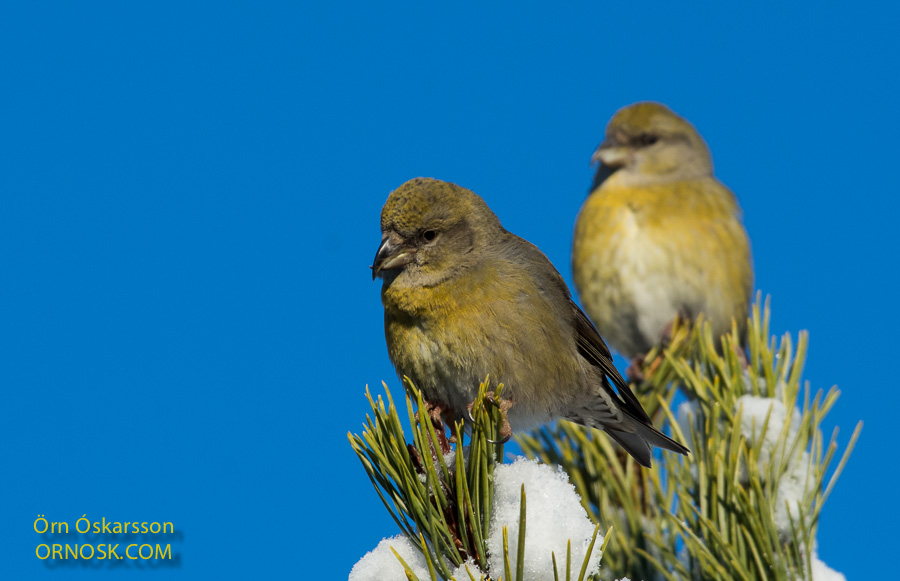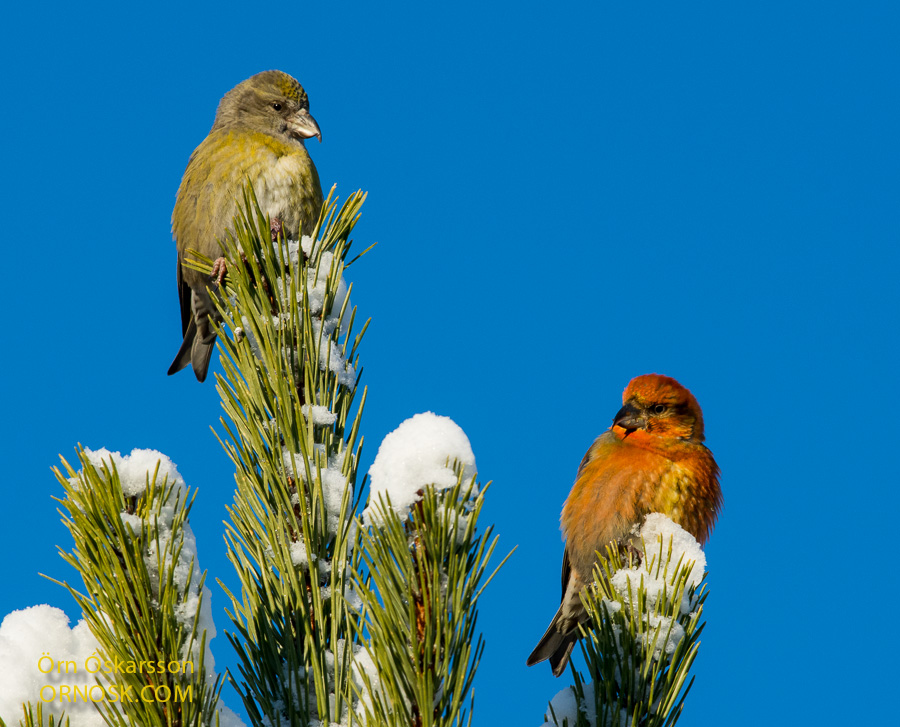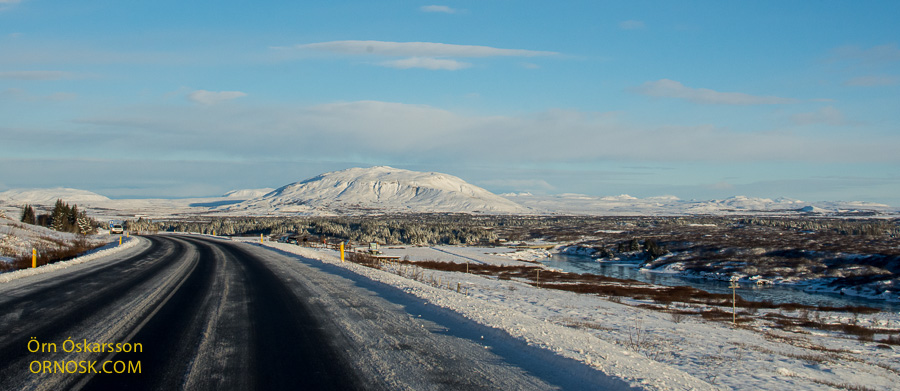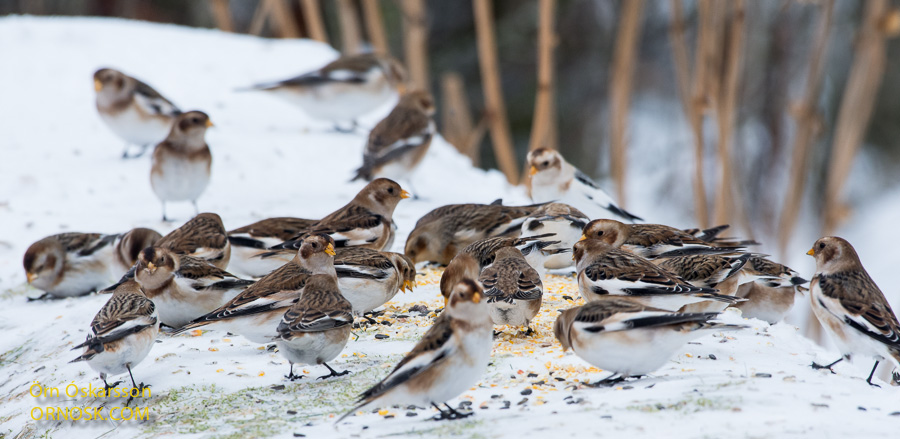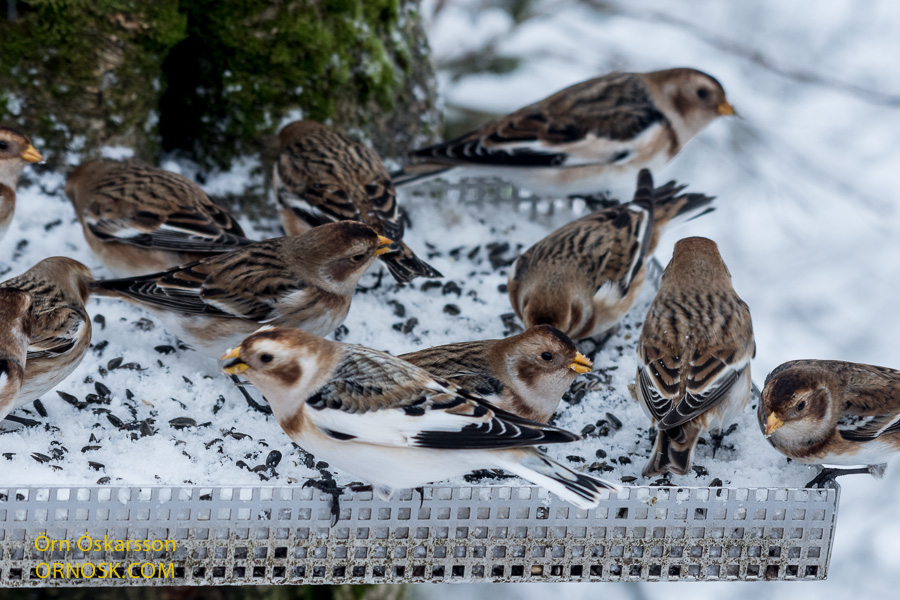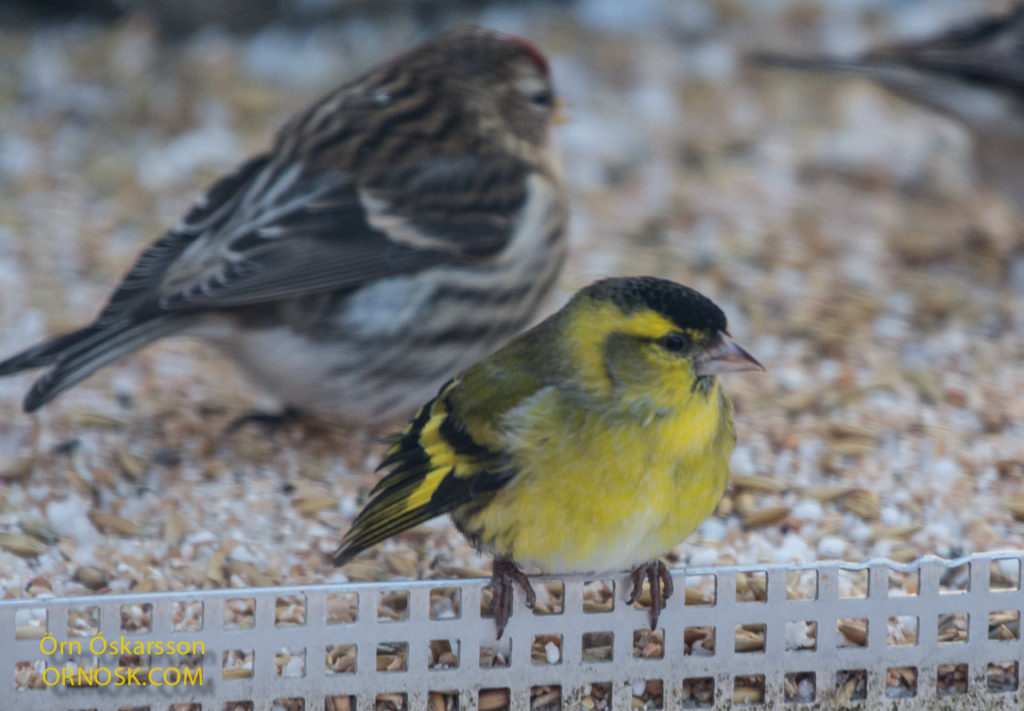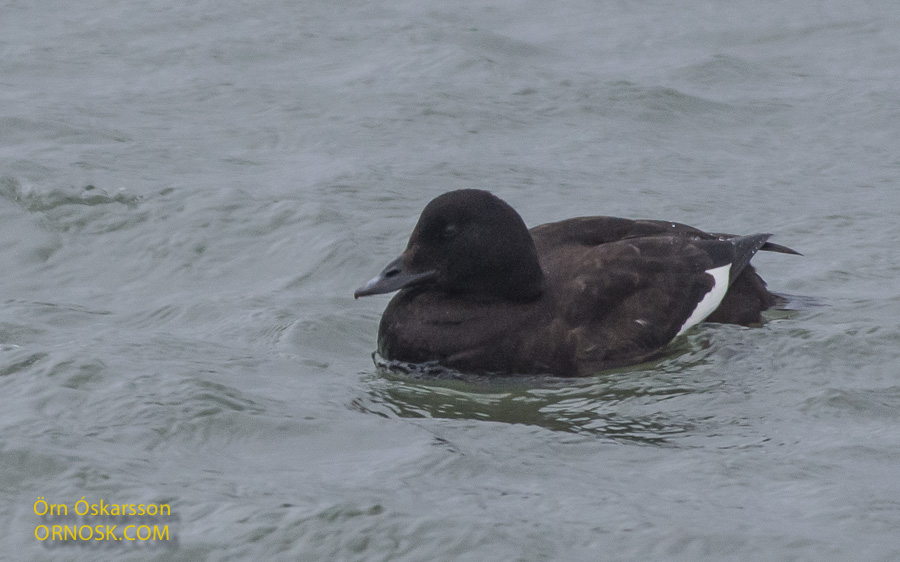
The White-winged Scoter is a rather rare vagrant in Iceland. In recent years, however, one to two birds have been spotted here almost every year. It is a North American seabird that sometimes breeds far inland by lakes and ponds. The White-winged Scoter can be seen in gull colonies where it breeds in high grass which shields the eggs from marauding gulls.
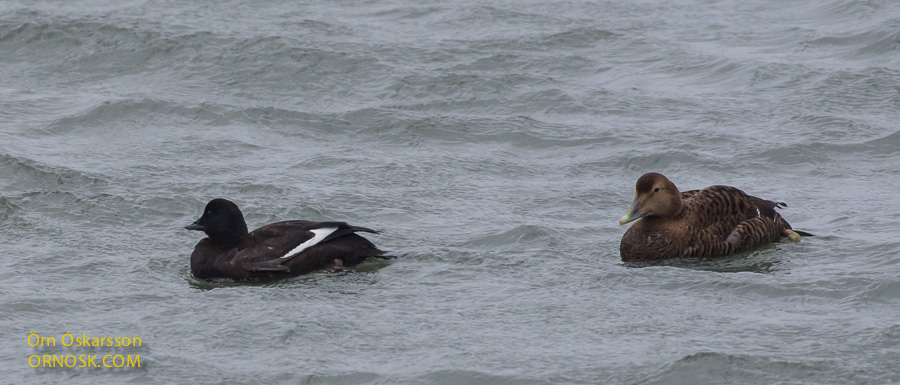
This young male Scoter was in the harbour of Þorlákshöfn, in South Iceland, two weeks ago. It was with a flock of Eiders and Long-tailed Ducks that had sought shelter there from heavy winds on the sea.

